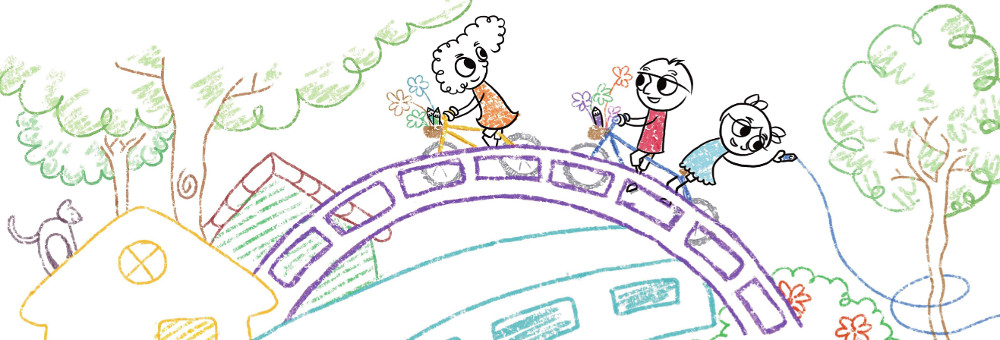Usability testing with kids is similar people to usability testing with adults. To obtain the most out of the sessions, and ensure the child is comfortable and happy, there are a few differences that you need to be aware of.
Stress of recent people and surroundings
Children are far more likely than adults to find experiencing new spots and people stressful. You should always remember this, therefore try to find numerous ways as is feasible to relax your child. Some things you might do will be:
– Allow a tremendous period of time — at least 10 minutes — to meet the child. This is crucial in adding them comfortable before beginning the session. Some easy things to talk about may be computer games, cartoons, sports or school. Trying to make each of the equipment applied during the program match what the child uses at home/school (phone up their parents/teachers beforehand to check). – Try to end up being as relaxing and reassuring as possible. It has the especially important to generate it clear to the child that you want their particular views on the web page and that you are not testing them. – Arrange for the fact that younger children may prefer their parents to be in the testing room with them. Make certain parents be aware that they should avoid the child’s line-of-sight and not help or distract them.
Asking for help
Children are far more used to asking for – and receiving — help than adults, so it is very important to get the moderator to:
– Plainly explain at the outset of the test that you want the child to use the site independent – Produce a maintained effort to deflect any such questioning throughout the session alone
Good ways of disperse questions can include:
– Answering something with a dilemma (e. g. What do you imagine you should do now? ) – Re-stating that you want the child to work with the site independently – Requesting the child to have one last g’ prior to you begin something else
Children obtain tired, bored and discouraged more easily
Children (especially of young ages) are much less inclined — and/or capable – to make use of themselves into a single activity for a prolonged period. Some ways to function around this are:
– Limiting instruction to 1 hour or significantly less. – Bringing short breaks during visits if the child becomes www.prixgalien.it tired or atrabiliario. – Making certain sessions cover the intended tasks/scenarios within a different buy – this will likely make sure that precisely the same scenarios are definitely not always analyzed by exhausted children, who are less very likely to succeed/persevere. — Asking your child for help so as to provide them with motivation (e. g. asking ‘Could you please find out for me methods to… ‘, or perhaps by basically pretending in order to be able find/do something for the site). — Keeping up a steady stream of encouragement and positive feedback (“You’re doing really well and telling us lots of beneficial things — it will actually help make the site better. Continue the good work! “).
The importance of non-verbal tips
Kids can’t possibly be relied upon to verbally state their thoughts/feelings, either because of their:
— Not being articulate enough — Being too shy – Unwilling to say the wrong thing and displease the – Saying things they will don’t consider just to please the adult
This will make it particularly critical that the simplicity expert become sensitive to children’s non-verbal cues, including:
– Sighs – Smiles — Frowns – Yawns — Fidgeting – Laughing — Swaying – Body point of view and healthy posture
Physical differences
A couple of incredibly obvious — but very easily forgotten – differences which need to be taken into account are:
– Seat and stand settings — Make sure you own a chair/table setting which allows the child to comfortably operate the equipment during the session. – Microphone location – Children tend to have less busy voices than adults, and so microphones should be placed slightly nearer to the participant than normal.
Levels of literacy and understanding
It is critical to ensure that a session’s individual has an exact understanding of the scenario staying presented to them. A few ways to make this happen include:
– Asking participants to re-phrase scenarios/goals in their have words. – Asking members to repeat a circumstance (i. y. what they are looking to achieve) if the task moved on for a long time and you think they may experience forgotten it.
